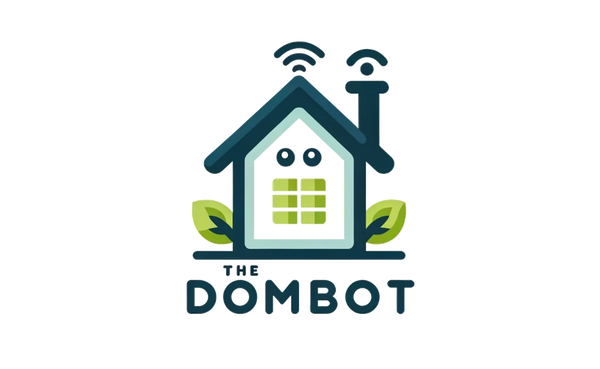Collection: Raspberry Pi Home Automation: Build Your Smart Home with Home Assistant
Raspberry Pi: The Tiny Computer That's Got My Home Doing the Hustle
Hey there, tech-loving friends! Today, we're diving into the world of home automation with a little fella that's got a big heart (and a surprisingly powerful brain): the Raspberry Pi 3. Now, I know what you're thinking: "Raspberry Pi? Isn't that just a tiny computer for kids?" Well, my friends, you're in for a treat. This little guy is a powerhouse when it comes to turning your home into a tech-savvy haven.
The Raspberry Pi: A Tiny Computer with Big Dreams
Let's get the basics out of the way. The Raspberry Pi 3 is a credit-card-sized computer that's packed with features. It's got a quad-core processor, 1GB of RAM, and even built-in Wi-Fi. Think of it as a tiny, affordable computer that's just waiting to be unleashed on your home.
Home Assistant: The Brains Behind the Operation
Now, the Raspberry Pi 3 is great, but it needs a little help to become the ultimate home automation hub. That's where Home Assistant comes in. Home Assistant is a free and open-source software that turns your Raspberry Pi into a central control system for all your smart home devices. Think of it as the brains of the operation, telling your lights to turn on, your thermostat to adjust, and your coffee maker to brew that morning pick-me-up.
Setting Up Your Home Assistant Raspberry Pi 3: A Step-by-Step Guide
Okay, so you're ready to turn your home into a tech-savvy wonderland. Here's how to get started:
1. Gather Your Supplies:
- Raspberry Pi 3: You can find these online or at your local electronics store. Check out the official Raspberry Pi website for more info.
- MicroSD Card: This is where you'll store the operating system and Home Assistant software. You'll need at least 8GB, but 16GB or 32GB is recommended. Get a microSD card reader to make life easier.
- Power Supply: You'll need a 5V power supply with at least 2.5A of current. Check out the official Raspberry Pi power supplies.
- Ethernet Cable or Wi-Fi: You'll need to connect your Raspberry Pi to your network.
- Keyboard and Mouse: You'll need these to initially set up your Raspberry Pi.
- Monitor: You'll need a monitor to see what you're doing during the initial setup.
2. Download the Home Assistant Image:
Head over to the Home Assistant website and download the latest Raspberry Pi image. This image contains the operating system and Home Assistant software.
3. Flash the Image to Your MicroSD Card:
You'll need a program like Etcher (https://www.balena.io/etcher/) to flash the image to your microSD card. This process will copy the image to the card, making it bootable.
4. Boot Up Your Raspberry Pi:
Insert the microSD card into your Raspberry Pi, connect it to your power supply, and connect it to your network via Ethernet or Wi-Fi. You should see the Raspberry Pi boot up and display the Home Assistant interface on your monitor.
5. Configure Home Assistant:
Follow the on-screen instructions to configure Home Assistant. You'll need to set up your network connection, create an administrator account, and choose your preferred language.
6. Add Your Smart Home Devices:
Once Home Assistant is set up, you can start adding your smart home devices. Home Assistant supports a wide range of devices, including lights, thermostats, sensors, and more.
The Raspberry Pi 3: A Home Automation Hero
So there you have it, folks! The Raspberry Pi 3, paired with Home Assistant, is a powerful and affordable way to bring smart home automation to your life. It's a fun project that's surprisingly easy to set up, and it's a great way to control your home with ease.
Tips and Tricks:
- Upgrade to a Raspberry Pi 4: If you want even more power, consider upgrading to a Raspberry Pi 4. It's got a faster processor, more RAM, and even built-in Bluetooth.
- Use a USB Wi-Fi Adapter: If your Raspberry Pi doesn't have built-in Wi-Fi, you can use a USB Wi-Fi adapter.
- Explore Home Assistant's Features: Home Assistant is packed with features, so take some time to explore its capabilities. You can create automations, control your devices with voice commands, and even monitor your home's energy usage.
I hope this review has inspired you to take the plunge into the world of home automation. The Raspberry Pi 3 is a fantastic starting point, and with a little bit of effort, you can turn your home into a tech-savvy haven. Happy automating!
